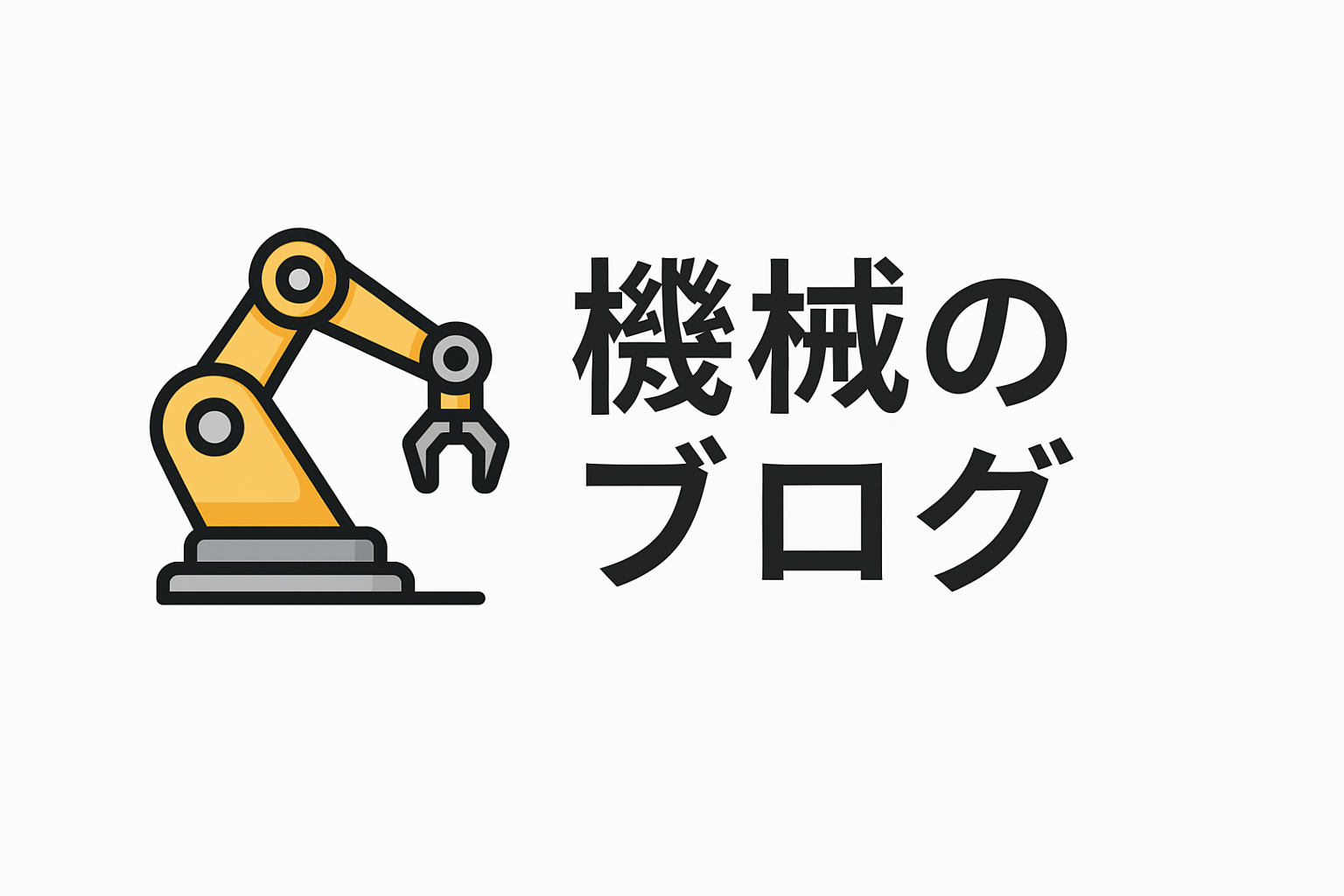Robotics Innovation Forum: Shaping the Future
The robotics industry is undergoing a revolution that is reshaping the manufacturing landscape. With advancements in artificial intelligence, machine learning, and automation, robotics is not just a tool but a transformative force. This article delves into the Robotics Innovation Forum, a pivotal event that gathers industry experts to explore the future of robotics in manufacturing. We’ll explore key insights from the forum, including emerging technologies, applications, and the impact of robotics on the manufacturing sector.
Section 1: The Current State of Robotics in Manufacturing
The integration of robotics in manufacturing has reached a new pinnacle, with robots taking on more complex and critical roles. Automation is no longer limited to repetitive tasks; it now encompasses intricate operations that require precision and adaptability. According to the International Federation of Robotics, there was a significant increase in robot installations worldwide, indicating a growing reliance on robotic systems.
Today’s robots are equipped with advanced sensors and AI capabilities, allowing them to learn and improve their performance over time. These innovations are driving efficiency, reducing costs, and enhancing product quality. As a result, manufacturers are increasingly investing in robotic solutions to stay competitive in a rapidly evolving market.
Section 2: Emerging Technologies in Robotics
The Robotics Innovation Forum highlighted several emerging technologies poised to revolutionize the industry. Collaborative robots, or cobots, are one such innovation. Unlike traditional robots, cobots are designed to work alongside humans, enhancing productivity and safety. They are equipped with sensors and machine learning algorithms that enable them to adapt to human actions, making them ideal for tasks that require human-robot collaboration.
Another groundbreaking technology is the integration of the Internet of Things (IoT) with robotics. IoT connectivity allows robots to communicate with other machines and systems, facilitating seamless data exchange and real-time decision-making. This integration is paving the way for smart factories where robots can autonomously manage operations, predict maintenance needs, and optimize workflows.
Section 3: Applications and Impact on Manufacturing
The application of robotics in manufacturing is vast and varied, impacting every facet of the industry. From automotive to electronics, robots are being utilized to streamline operations, increase accuracy, and reduce human error. In the automotive sector, robots are employed in assembly lines for tasks such as welding, painting, and quality inspection, significantly enhancing production efficiency and product consistency.
In electronics manufacturing, robots handle delicate components with precision, ensuring high-quality assembly of intricate devices. This precision is crucial in industries where even minute errors can lead to significant defects and losses.
Moreover, robotics is playing a critical role in supply chain management. Automated guided vehicles (AGVs) and drones are being used for inventory management and logistics, reducing the time and labor required for these tasks and increasing overall supply chain efficiency.
Section 4: Challenges and Considerations
Despite the numerous advantages, the adoption of robotics in manufacturing is not without challenges. One of the primary concerns is the initial investment cost. High-quality robots and the necessary infrastructure can be expensive, posing a barrier for small and medium-sized enterprises (SMEs).
Additionally, there is a growing need for skilled personnel to manage and maintain these advanced robotic systems. The workforce must be trained in robotics and automation to effectively integrate and optimize these technologies within their operations.
Cybersecurity is another critical consideration. As robots become more connected, the risk of cyber threats increases. Manufacturers must implement robust cybersecurity measures to protect their systems from potential attacks that could disrupt operations and compromise sensitive data.
Section 5: The Future of Robotics in Manufacturing
The future of robotics in manufacturing holds immense potential. With continuous advancements in AI and machine learning, robots are expected to become even more autonomous and intelligent. This evolution will enable them to perform increasingly complex tasks with minimal human intervention.
Furthermore, as technology becomes more accessible and affordable, we can anticipate a broader adoption of robotics across various industries, including those that have traditionally been slow to integrate such technologies. This democratization of robotics will empower more manufacturers to harness the benefits of automation and innovation.
The Robotics Innovation Forum also emphasized the importance of sustainability. Future robotic solutions are expected to prioritize energy efficiency and environmental impact, aligning with global efforts to reduce carbon footprints and promote sustainable practices in manufacturing.
Conclusion
The Robotics Innovation Forum has underscored the transformative power of robotics in shaping the future of manufacturing. As technologies evolve, robotics will continue to drive innovation, efficiency, and competitiveness in the industry. While challenges remain, the potential benefits far outweigh the obstacles, making it imperative for manufacturers to embrace these advancements.
By staying informed and proactive, manufacturing professionals can leverage robotics to enhance their operations, meet the demands of a dynamic market, and contribute to a sustainable future. The forum has provided valuable insights and a roadmap for the industry, highlighting the critical role of robotics in creating a future that is not only innovative but also sustainable and resilient.
